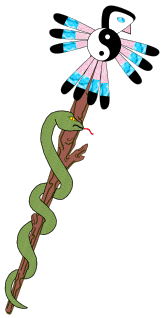Overview
Parasites are any of a number of worms or microscopic organisms that can infect humans. Many are transmitted by ingestion of contaminated food or water, although other modes of transmission are also possible.
Parasites are made up of eukaryotic cells similar to their human hosts, in contrast to bacteria that have distinctly different cells. This makes treatment of parasitic infections harder than the treatment of bacterial infections, since it is harder to find chemical agents that are toxic to the infective agent without also being toxic to the human host.
Many species of parasites are uncommon in North American populations but common in third world countries where sanitary conditions are poorer. However, with increased international travel, many parasites previously associated only with third world countries are showing up in North America, requiring a higher level of suspicion of parasites than in years past.
Please see conventional, complimentary and alternative medical treatments for important background information regarding the different types of medical treatments discussed on this page. Naturopathic, Complimentary and Alternative treatments that may be considered include:
